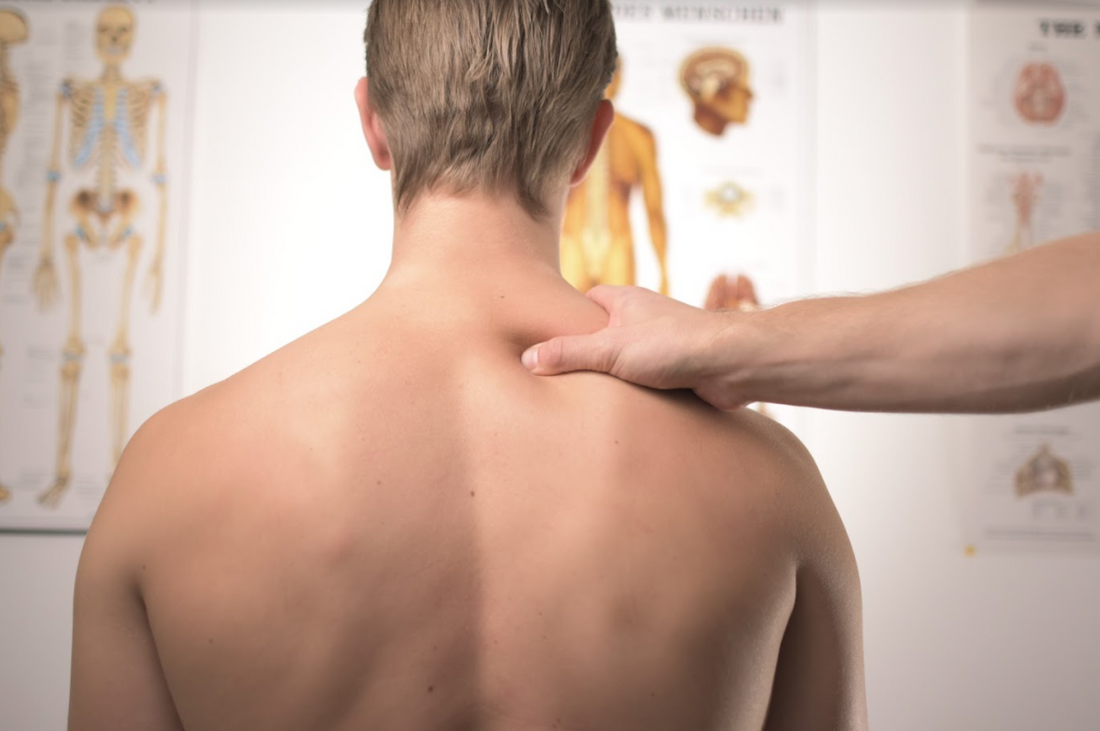Pain, as most of us know by our own life experience, comes in a variety of forms, at any age and at any time of the day or night, often when we least expect it or when it is most inconvenient. Accordingly we would do well to consider devising an accessible approach to self care for that time when, by accident, over-use or chronic condition, our pain level rises to the point at which we become dysfunctional or distracted or both.
If the idea of taking positive charge of your own well being in this way leaves you anxious or confused or weak in the knees, seek out the help of a knowledgeable friend or health professional. Often a coach or personal trainer or massage therapist can offer insights and pointers that will lead you in the right direction.
Since most garden variety pain has more to do with soft tissue or muscles, here is where you will likely find the best answers to your most basic questions. One approach to the matter of pain is to think of the three ways of dealing with most of it that you will encounter in your everyday life. These are: Prevention, First Aid and Long Term Management.
Prevention:
There is no way to guarantee that you will be able to live pain free, no matter how protective or cautious you are. However, a regular program of moderate, well balanced exercise with generous amounts of aerobic, cardio vascular activity, some strength training and stretching with some variation in routine will go a long way to keeping your body tuned up, strong and limber enough to do all of the things you have always enjoyed and which give color, texture and energy to your life without your having to be concerned about hurting yourself.
Of course if your interests turn toward mountain climbing, sky diving, or skiing steep and deep powder, and the like, you will certainly want to step up your conditioning to levels appropriate for your sensible and realistic aspirations.
First Aid:
Pain is often the signal that something is amiss when injury strikes. Listen to it even as all of your best plans are falling apart. Assess the damage. Is it a broken bone, a joint sprain, a muscle strain, a traumatic injury or an over-use syndrome on the rise? Your answers may or may not point you in the right direction, but they will add to your store of experience that should help protect you in the future. For most athletes and sport oriented therapists and trainers, icing, rest, compression and elevation are the traditional first treatments for soft tissue injury. Broken bones and more severe muscle and joint damage take longer and more complicated repair and recuperative protocols.
Long Term Pain Management:
Eventually prevention and first aid lead to and then blend in with long term management of symptoms. All of these care phases then become a seamless whole. In the quest for pain free and optimally functional long term fitness, serious seekers of effective self care will search for knowledgeable, pain management clinicians, but, as David Simons, M.D. has said,* “…finding a truly skilled practitioner can be frustratingly difficult.” But, he adds, “There is no substitute for learning how to control your own musculoskeletal pain. Treating myofascial trigger points yourself addresses the source of that kind of common pain and is not just a way or temporarily relieving it.”
This self care principle is a direct outgrowth of the trigger point identification and treatment protocol that was developed both before and after World War II by Hans Kraus, M.D. and Janet Travell, M.D., among others including aerospace researcher and physician David G. Simons, M.D. By the late 1970s, nationally popular exercise therapist and promoter, Bonnie Prudden and friend and associate of Drs. Kraus and Travell, had developed her own, non invasive trigger point protocol that was a direct extension of the early work of Kraus and Travell.
Prudden called her technique Myotherapy, wrote a book on it and founded her own Academy for Physical Fitness and Myotherapy in a former elementary school in Lenox Masachusetts to train professional myotherapists. The elements of the Prudden Myotherapy treatment include the following key elements:
The success of this therapeutic protocol is measured by the subjective reduction in pain, increased flexibility and range of motion as well as in increased strength, endurance and over all physical function. Success is also measured by the degree to which patients become active participants in their ongoing self care.
Over the past thirty years the myotherapeutic model has been widely practiced by physicians and therapists representing the span of professional disciplines that define mainstream, physical medicine. And it is now well accepted as an effective and conservative treatment option.
Precipitating factors. By thorough patient intake interviews, the myotherapist
seeks to discover the conditions and circumstances that contribute to the patient’s symptoms.
Deep, manual, soft tissue ischemic compression and myofascial release of trigger points.
Individualized active and passive stretching exercises often facilitated with topical application of coolant spray.
Detailed patient instruction in home self care including deep muscle compression, stretching and strengthening exercises and the management and avoidance of precipitating factors.
In Good Heath,
Bernard L. Gladieux, Jr.
President,
The Pressure Positive Company®
Photo by Jesper Aggergaard on Unsplash
